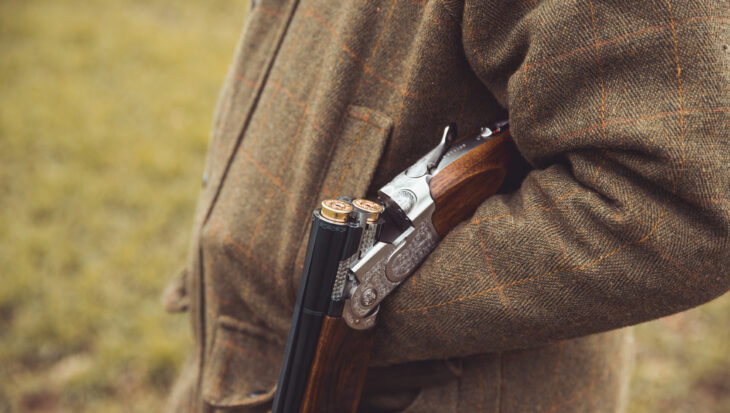Ban on the use of lead shot – finally!
Posted 10 Jul 2025

Posted on the 18th September 2007
Horses may end their days at a UK abattoir for a number of reasons – sickness, old age, they prove too costly, or (for race horses) they are deemed inadequate to enter or to carry on racing.
Horses may change hands many times at markets as people outgrow them, get bored with them, or (as in the case of race horses) they are not performing satisfactorily on the racecourse. Many horses will be subject to a downward spiral of neglect, before arriving at the slaughterhouse.
Dealers may visit markets on the lookout for cheap horses – there being a good financial return for the meat of slaughtered horses.
Private owners may choose to sell their horse to the slaughterman for around £300 rather than paying a vet £200 to euthanase their animal.
Horse meat is sold abroad for human consumption. It is reportedly not used in pet food in the UK.
Posted 10 Jul 2025

Temperatures are rising and it’s time to get outdoors, enjoy the weather and tuck into some delicious vegan food! Thanks to an abundance of plant-based options now available, there’s an alfresco option for every tastebud...
Posted 09 Jul 2025
